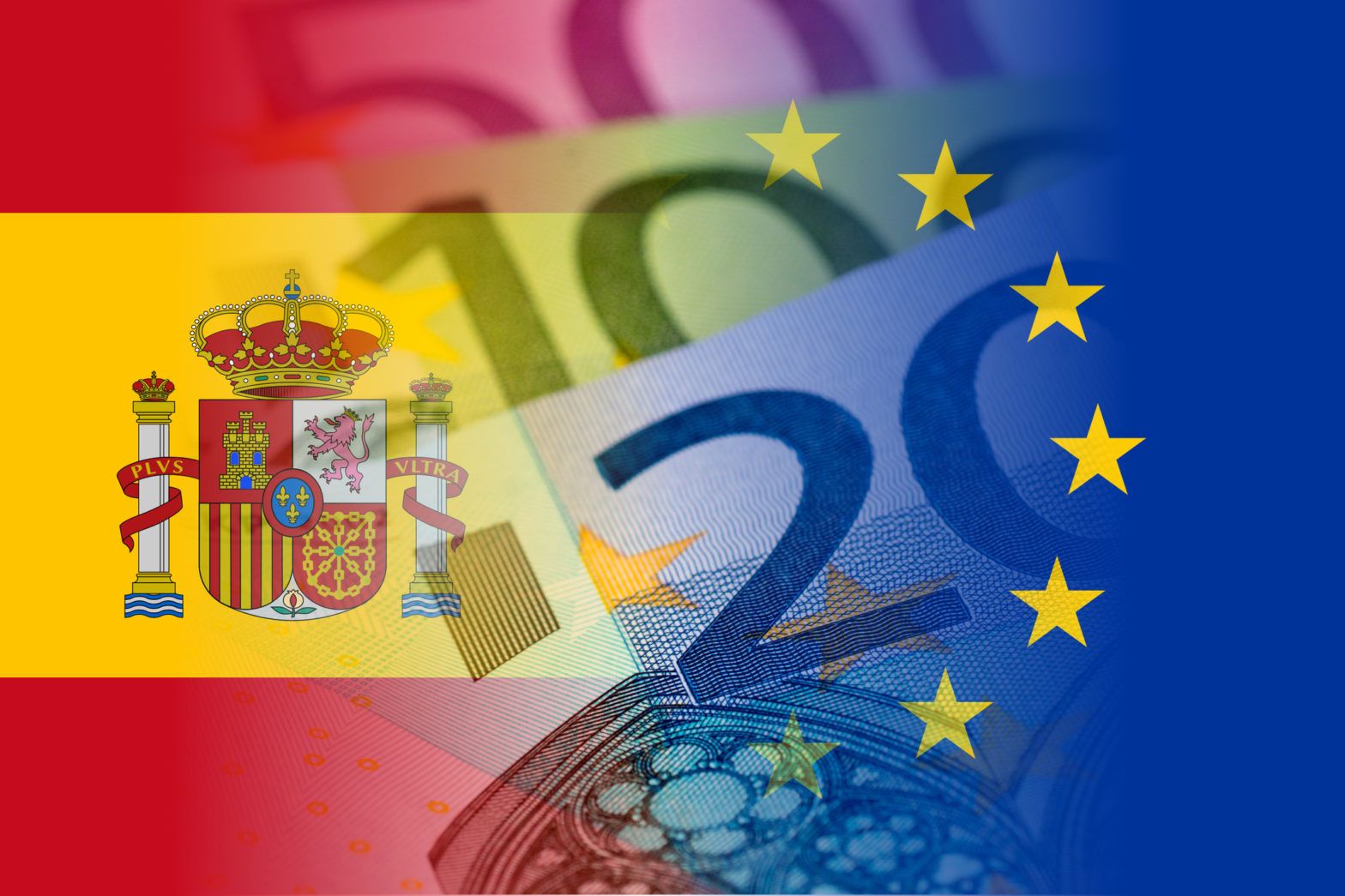The political paralysis in Italy last week sent investors panicking and bond markets tumbling. But just as the Italy crisis looked to have abated with the formation of a new Italian government, Spain’s government collapsed after Mariano Rajoy lost a no confidence vote on Friday June 1 and Socialist leader Pedro Sánchez has replaced him as prime minister.
Sánchez – who heads the centre left party Socialist Party – does not have a majority and is likely to call an early election.
But unlike Italy – which saw the yield on 10-year Italian government bonds rise approximately 70 basis points last week to a four year high – Spanish bonds have been relatively unmoved by the country’s political developments.
And unlike Italy’s new leaders, Sánchez is pro-EU centrist and has said he will stick to the 2018 budget negotiated by his predecessor.
The yield on 10-year Spanish government bonds rose about 15% (from 1.39% to 1.62%) at the start of last week as investors shunned southern European bonds because of the Italian political crisis. But by Friday – the day when Pedro Sánchez became the new prime minister – yields as dropped about 11% to 1.44%.

Evolution over revolution
“The magnitude of movements [in Spanish bonds] as have been relatively modest compared to Italy,” said Chris Bailey, European strategist at Raymond James Financial. “It shows that the level of this debate is more evolutionary than revolutionary.”
“Despite the changes at the helm, there is very little that the new Spanish government can actually do,” said Andrea Iannelli, Investment Director, Fixed Income, Fidelity International.
“The government that Sánchez now leads has a very slim majority in parliament, and relies on the support from parties with very different political agendas. The room for manoeuvre on the fiscal side is also limited, with the 2018 budget already ratified by Rajoy before his departure. As it stands, in the short term it is difficult to see how long the new government will hold, and early elections appear likely in the months ahead.”
It is worth recalling that Rajoy took months to put together a government following the general election in 2015 but the economy still ticked along – expanding more than 3% in 2015, 2016 and 2017.
The Organization for Economic Cooperation and Development (OECD) has raised Spain’s growth forecast to 2.8% this year and the big three rating agencies – Moody’s, Standard & Poor’s and Fitch – have upgraded Spain’s credit rating to A- or stable.
“The backdrop remains supportive,” Bailey continued. “People have got too pessimistic on Europe generally.”
A paragon of stability
Spain’s benchmark Ibex 35 stock index, meanwhile, has dipped in the last couple of weeks but made solid gains in March on the back of solid Q1 earnings by leading Spanish corporates.

Bailey added: “It seems to me externally not much is really changing. Spanish bond investors are not going to be particularly concerned. Compared to Italy, Spain looks a paragon of stability.”
“Despite political uncertainty, investors will likely approach Spain differently from Italy for two reasons,” Iannelli added.
“Firstly, in Spain there is much more support for Europe across the political spectrum and among the population, which should prevent a replay of the sparring and anti-Euro headlines that weighed on Italian assets in May.
Secondly, Spain is in a stronger position, both on the economic and fiscal front. The country implemented structural reforms, benefits from a structurally higher level of growth and has a lower debt to GDP ratio than its Italian counterparts.
“These factors should lead Spanish Bonos to remain well supported and outperform Italian BTPs in the near term.”







